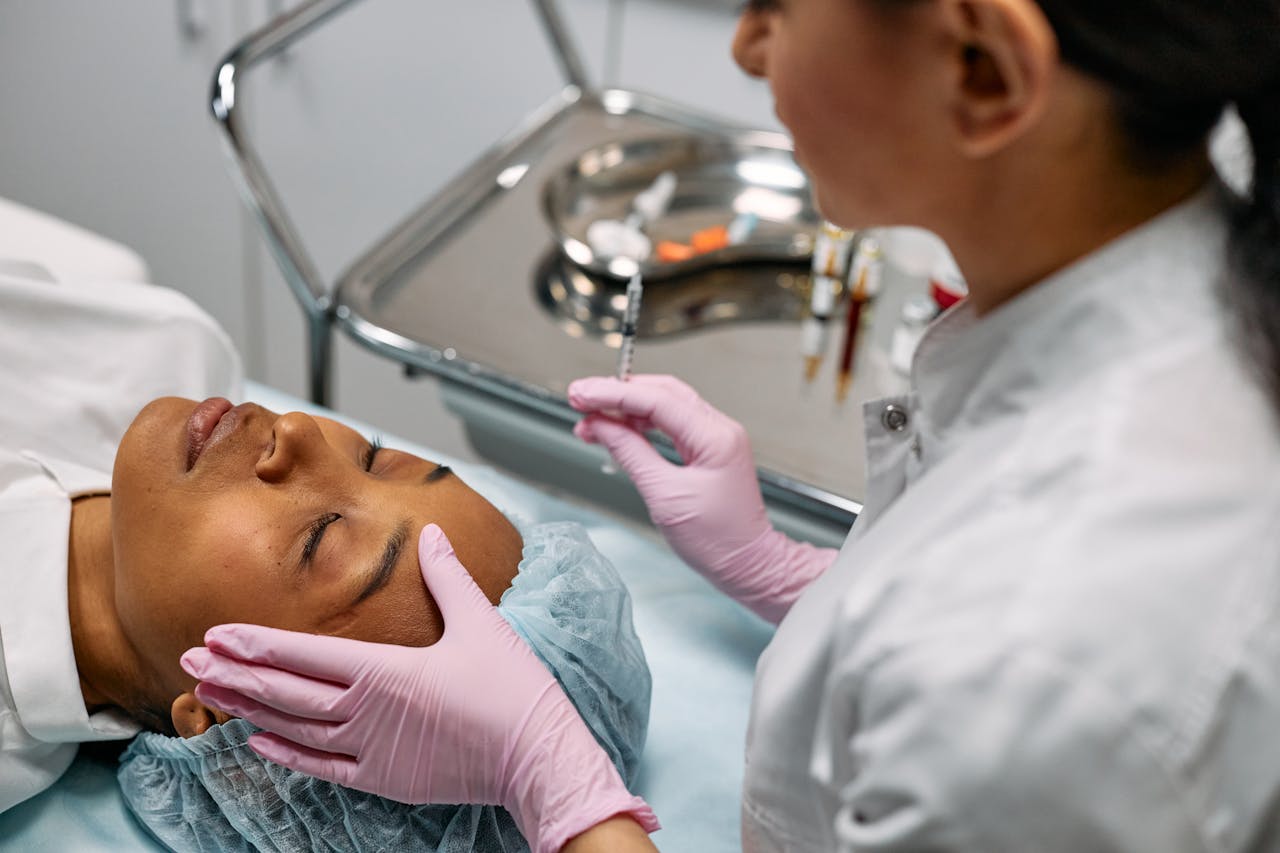Navigating through the enticing world of lip augmentation, the pivotal question often arises: what causes filler migration and what can I do to avoid it? The journey to achieving a voluptuous pout can occasionally be marred by challenges like filler migration, where the injected substance relocates from its original position, potentially compromising aesthetic outcomes. This guide seeks to explain the causes behind this phenomenon, exploring preventative strategies and solutions to ensure your path towards enhanced lips is as smooth as possible.
Understanding Filler Migration in Lip Augmentation
Defining the Issue
When discussing filler migration, the upper lip commonly becomes a focal point. Simply put, it refers to the movement of injected filler material beyond the intended area, which, in the case of lip augmentation, means beyond the borders of the pink of the lip. It is essential to understand that the misplacement or movement of the filler can alter the intended aesthetic outcome and occasionally create an unnatural appearance.
Possible Causes
A variety of factors can contribute to the migration of fillers. Sometimes, the injection technique itself is culpable, particularly if the practitioner lacks expertise or employs a less-than-optimal method. Another pivotal factor lies in the choice of filler material. At times, practitioners or patients may opt for off-label products, enticed by the allure of achieving a more dramatic result. This deviation from tried-and-true products can inadvertently pave the way for filler migration.
Resolving Filler Migration
A Dissolvable Dilemma
The good news amidst the potential turbulence of filler movement is that there’s a relatively straightforward fix, especially if the product used is dissolvable. At practices that prioritize patient safety and satisfaction, like Healthy Looks, only dissolvable products are utilized. In instances where an individual experiences undesired migration, a medication named Henex is introduced, which can dissolve the filler and rectify the unintended movement.
Ensuring Comfort During Correction
Undergoing a correction procedure with Henex might involve a level of discomfort, primarily attributed to the sting of the medication rather than the injection itself. To manage this, several strategies like applying a topical numbing agent, utilizing ice, or even numbing the nerves supplying the upper lip are implemented, aimed at providing the patient with a relatively comfortable experience.
Post-Procedural Care After Filler Dissolution
Managing Swelling and Ensuring Recovery
Post-correction, patients might experience notable swelling in the treated area, especially the upper lip. Though typically this subsides within a few hours, managing it effectively is crucial for optimal recovery and comfort. Ice, once again, plays a pivotal role, offering both relief and aiding in reducing swelling. In certain cases, employing antihistamines or other medications might also be recommended to further alleviate swelling and expedite recovery.
Proactive Measures to Prevent Filler Migration
Prioritizing Expertise and Cautious Practice
Prevention, as often stated, is superior to cure. In the realm of lip fillers, this translates to opting for skilled practitioners who not only possess a comprehensive understanding of injection techniques but also uphold stringent standards regarding the products utilized. Adhering to on-label, reputable filler products and ensuring meticulous injection practice is fundamental in minimizing the risk of filler migration.
Regular Follow-Ups and Vigilant Observation
Ensuring regular check-ups following a lip filler procedure, alongside maintaining a vigilant eye for any irregularities or shifts in the filler, can be paramount in identifying and rectifying any initial signs of migration promptly.
Conclusion
Navigating through the terrain of lip augmentation and mitigating potential pitfalls like filler migration entails a symbiosis of skilled practice, informed choices, and diligent post-procedural care. Whether you’re exploring the arena of lip fillers for the first time or seeking solutions to manage an existing issue such as filler migration, being armed with knowledge and opting for reputable practitioners are your best safeguards against complications and understanding what causes filler migration is a crucial aspect of this journey.
For more tailored advice and insights, contact us. We’ll help you explore the solutions best suited to your unique needs.



